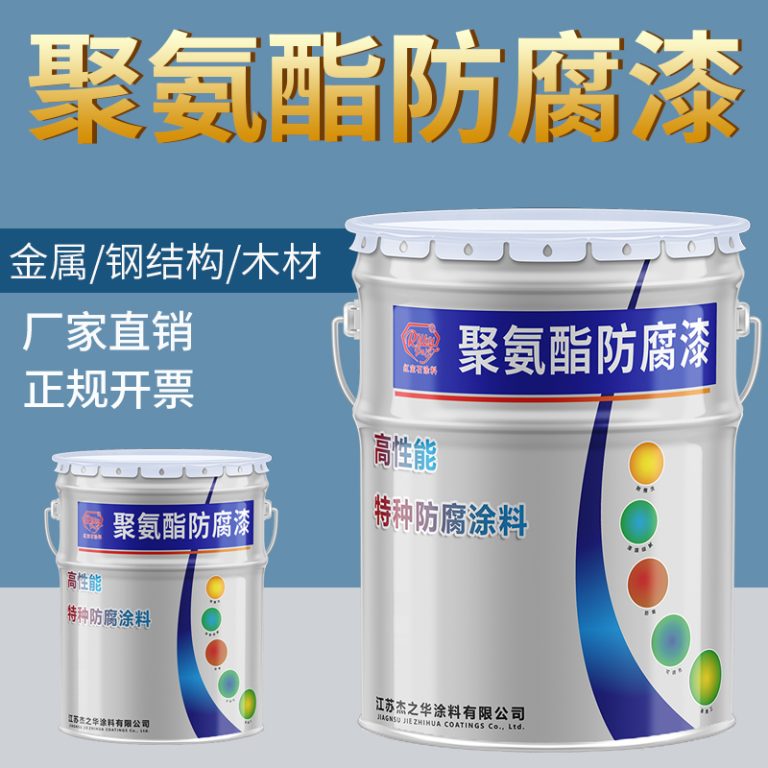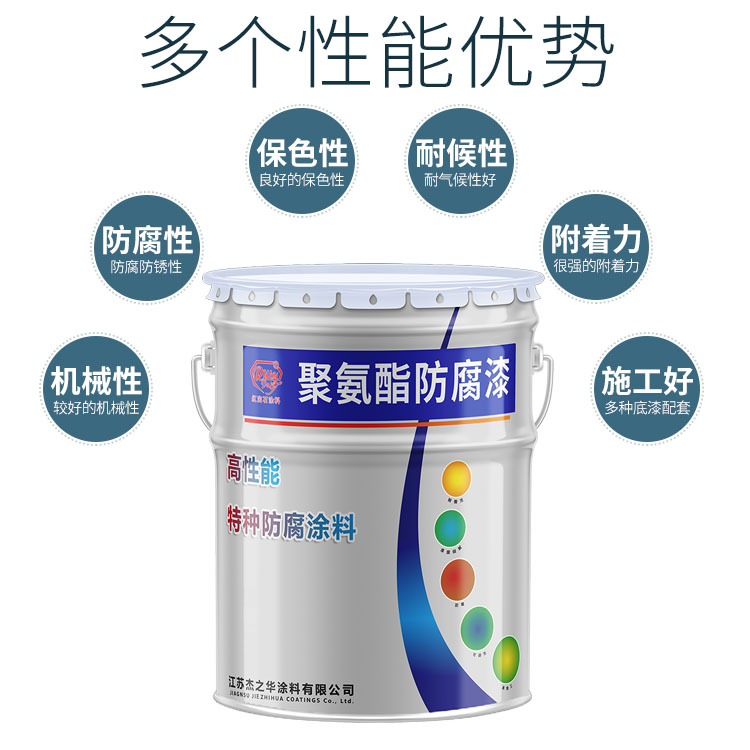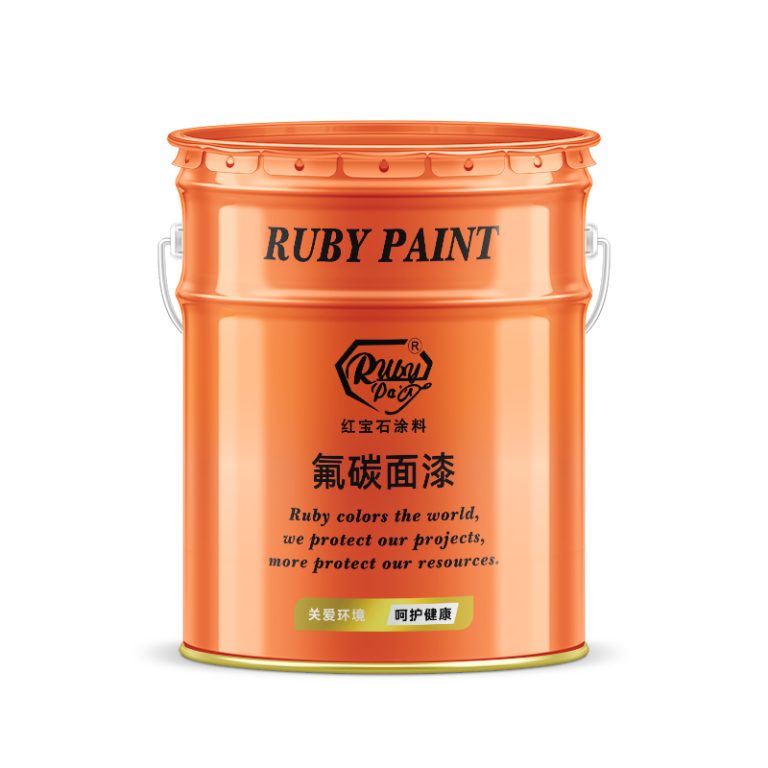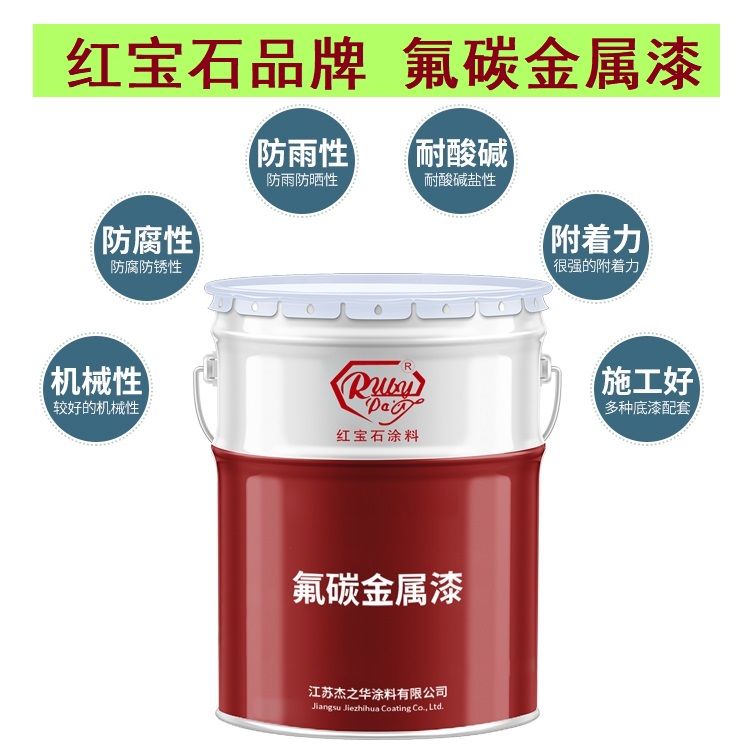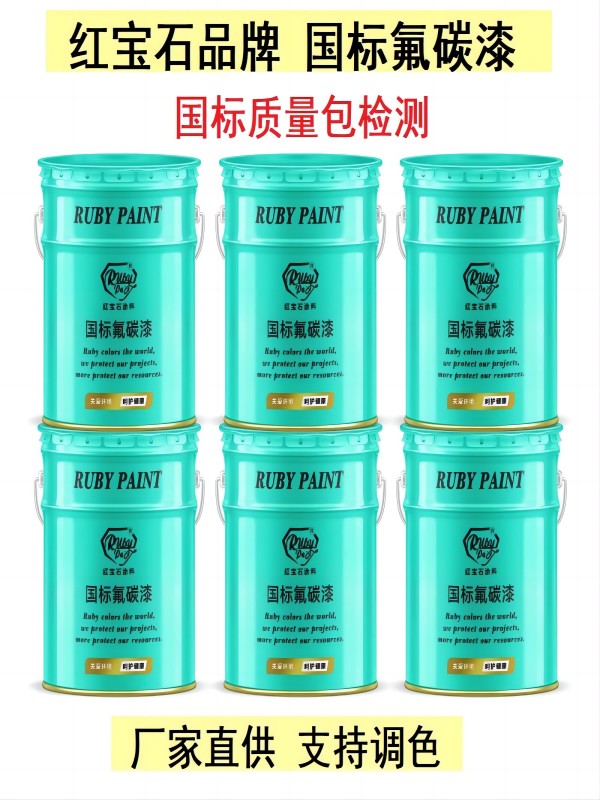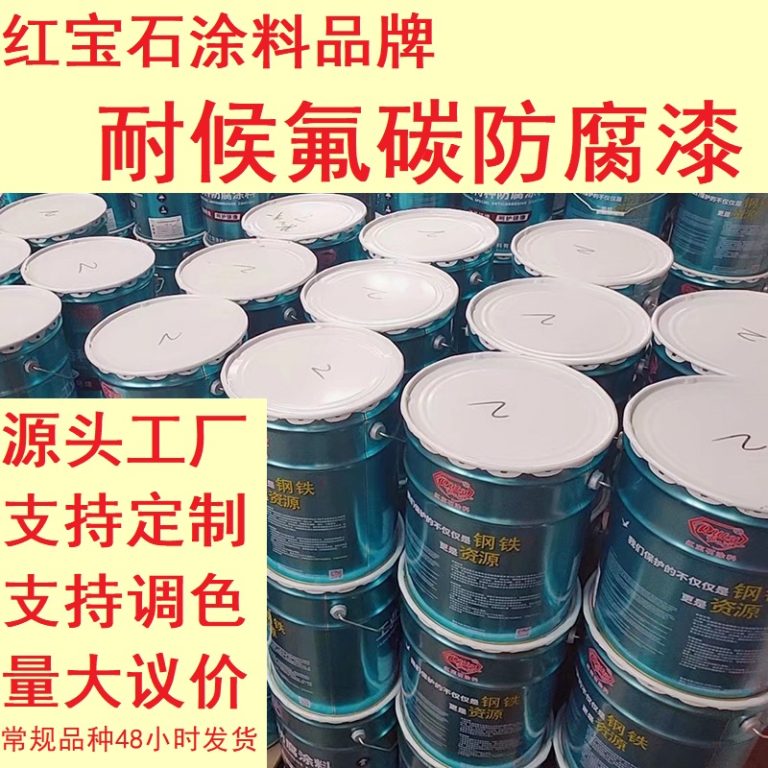Table of Contents
Applications Of Conductive Paint Plating In Wearable Electronics
Conductive paint plating, an innovative technique, holds immense promise in the field of wearable electronics. This technology integrates the use of conductive paints—materials capable of transmitting electricity—into the fabrication of electronic devices that are both flexible and lightweight. The evolution of this methodology has ushered in a new era in wearable technology, where functionality does not compromise comfort or design.
The primary application of conductive paint plating in wearable electronics is to create circuits that are seamlessly integrated into the fabrics of everyday clothing. Unlike traditional rigid circuits, conductive paint allows for the creation of non-intrusive, flexible circuits that can bend with the fabric while maintaining their functionality. This flexibility opens up myriad possibilities in the design and utility of wearable devices. For instance, smart clothing equipped with these circuits can monitor vital signs, track fitness levels, and even change color or pattern based on environmental stimuli, offering a personalized experience to users.
| Serial Number | Product |
| 1 | Fluoracarbon finish paint |
Moreover, the use of conductive paint plating extends to the development of advanced medical wearables. These devices can be used for continuous health monitoring without causing discomfort or hindering the user’s normal activities. For example, lightweight, pliable sensors plated with conductive paint can be embedded into garments to monitor heart rate, muscle movement, and other critical health parameters in real time. This application is particularly beneficial for patients with chronic conditions, providing doctors with immediate access to essential health data, thereby enabling timely medical interventions.
The integration of conductive paint plating in wearable electronics also emphasizes sustainability. Traditional electronic devices often incorporate metals and other materials that are difficult to recycle and potentially harmful to the environment. Conductive paint, in contrast, can be synthesized from a variety of materials, including some that are more environmentally friendly. Additionally, the manufacturing process associated with conductive paints is generally less resource-intensive, further reducing the ecological footprint of these devices.

Another significant application is in the realm of interactive textiles. Here, conductive paint plating allows fabrics to interact with digital devices or respond to user input, adding a layer of interactivity to what might otherwise be ordinary items of clothing. For example, a jacket with touch-sensitive areas can allow users to control their smartphones, adjusting volume or skipping tracks without ever needing to physically handle the device. This not only enhances user convenience but also pioneers a shift towards more integrated and intuitive user interfaces in personal electronics.
| No. | Commodity Name |
| 1 | Industrial paint |
As conductive paint technology continues to evolve, its applications in wearable electronics are likely to expand further. Researchers are constantly finding new ways to improve the durability, conductivity, and flexibility of conductive paints, which could soon lead to even more innovative uses. From smart textiles that adapt to weather conditions to enhanced safety features integrated into everyday wear, the possibilities are both vast and compelling.
In conclusion, conductive paint plating represents a transformative approach in the design and development of wearable electronics. By marrying the flexibility of textiles with the functionality of electronic circuits, this technology not only expands the horizon of wearable devices but also paves the way for a more integrated, sustainable, and user-friendly future in electronic wear. As this technology matures, it promises to redefine our interaction with technology, making it a more natural and integral part of our daily lives.
Comparing Conductive Paint Plating Techniques For Enhanced Corrosion Resistance
Conductive paint plating represents a pivotal advancement in the field of corrosion resistance technology. This technique involves the application of a conductive coating that can shield materials from corrosive environments. Various methods have been developed to apply these coatings, each with its unique attributes and applications.
Electroplating is one of the most common techniques used for conductive paint plating. It involves the deposition of a metal coating on an object by passing an electric current through an electrolyte solution in which the object is submerged. This method is highly valued for its ability to produce uniform and durable layers that adhere strongly to the base material. However, electroplating requires complex machinery and is less environmentally friendly due to the use of toxic chemicals in the process.
Another significant technique is electroless plating. Unlike electroplating, it does not require an external power source to induce the deposition of the metal layer. Instead, the process relies on a chemical reaction to achieve plating. This method offers excellent control over the thickness of the coating and can cover complex geometries uniformly. It is particularly effective for plating non-conductive surfaces, which is a limitation in traditional electroplating. The main drawback of electroless plating is the slower deposition rate, making it less suitable for large-scale industrial applications.
Thermal spraying is a technique that involves the projection of molten or semi-molten materials onto a surface to create a coating. This method is versatile and can be used with a wide range of materials, including metals, alloys, and ceramics. Thermal spraying is particularly beneficial for applications requiring thick coatings and high corrosion resistance. However, the bond strength between the sprayed coating and the substrate is often lower than that achieved with electroplating and electroless plating.
Another innovative approach is using conductive polymers in paint formulations. These polymers incorporate conductive materials such as graphite or metal flakes, which are then mixed into a binding polymer matrix. When applied, this mixture forms a protective barrier that is not only conductive but also highly resistant to corrosion. The primary advantage of this method is the ease of application, as it can be applied like traditional paint and cured at room temperature. Nevertheless, the durability and conductive properties of these coatings can vary significantly based on the polymer and conductive material used, which may limit their use in certain high-performance applications.
Each of these conductive paint plating techniques offers unique benefits and limitations. The choice of method largely depends on the specific requirements of the application, such as the desired thickness of the coating, the nature of the substrate, environmental considerations, and cost constraints. Moreover, advancements in material science continue to refine these techniques and expand their applications. Researchers are particularly focused on enhancing the eco-friendliness of the processes and improving the performance of the coatings under extreme conditions.
In conclusion, the evolution of conductive paint plating technologies is pivotal for industries seeking to enhance the longevity and performance of their products in corrosive environments. By understanding the strengths and weaknesses of each plating technique, manufacturers can make informed decisions that optimize corrosion resistance while considering environmental impact and economic feasibility.

